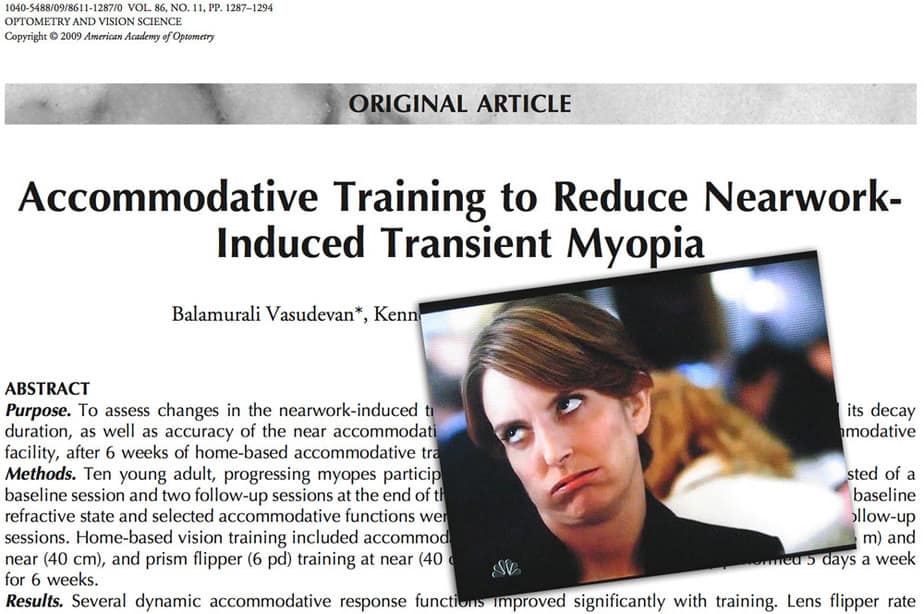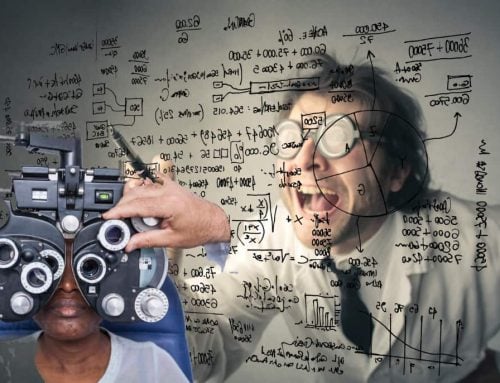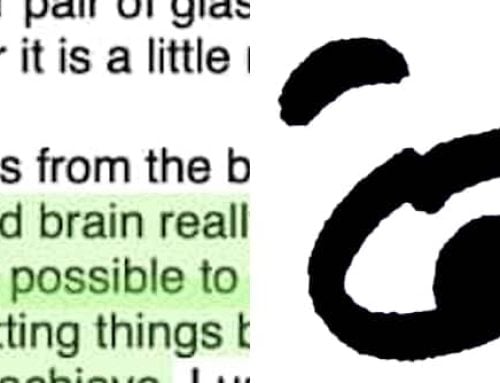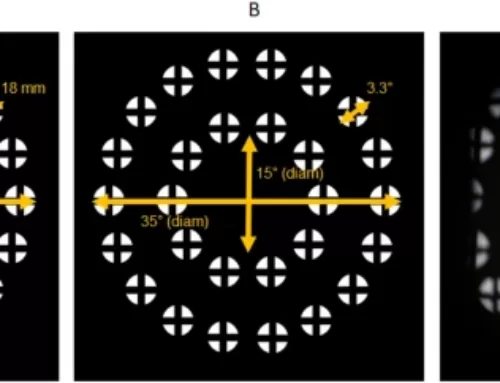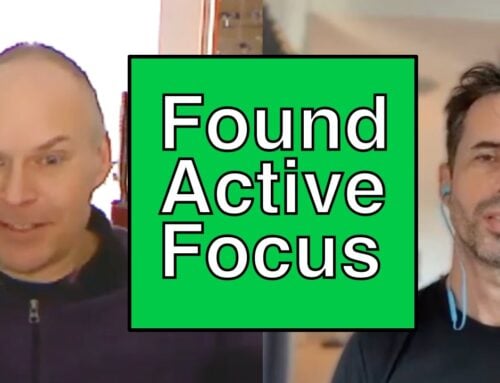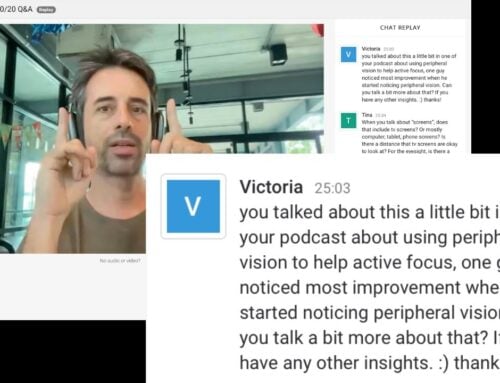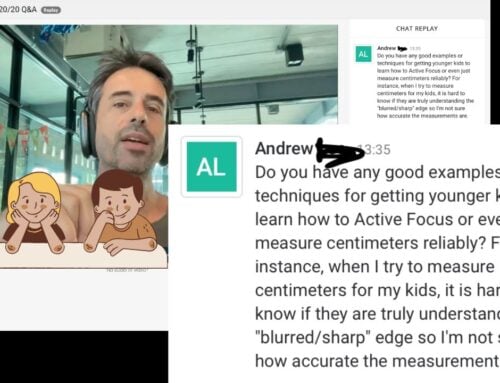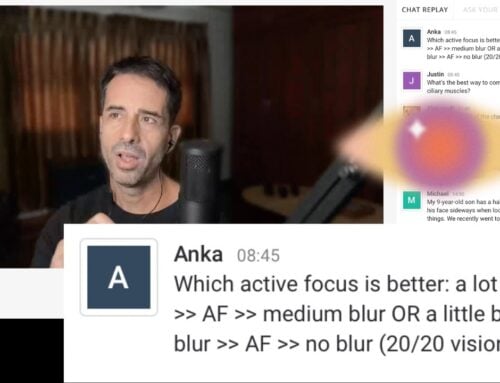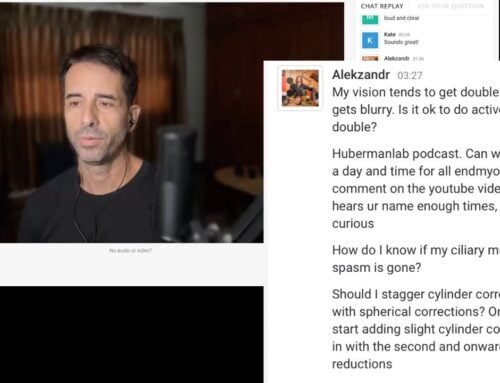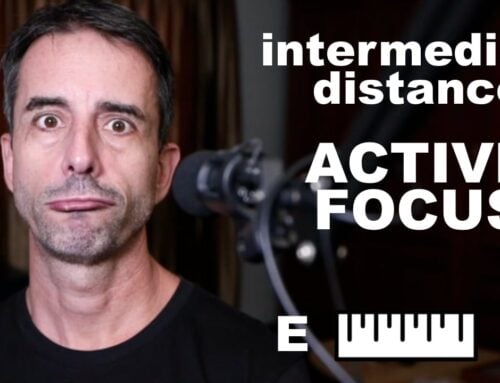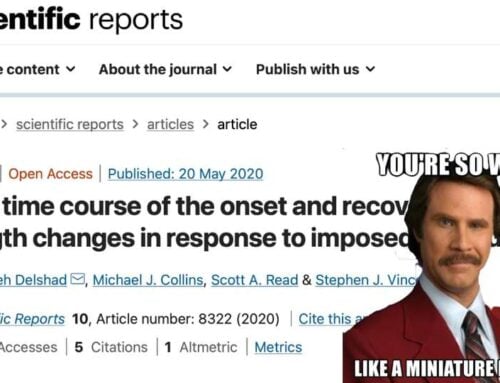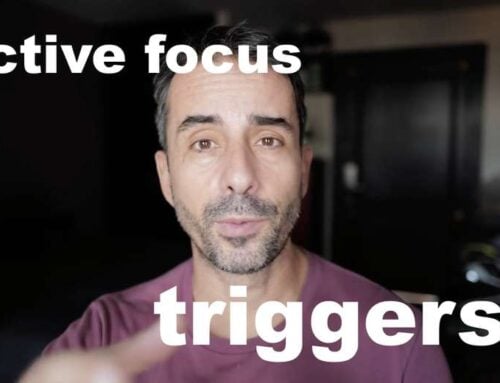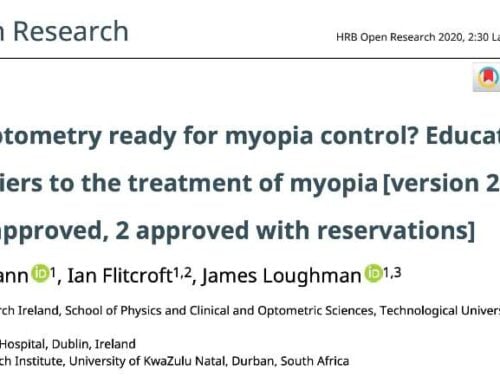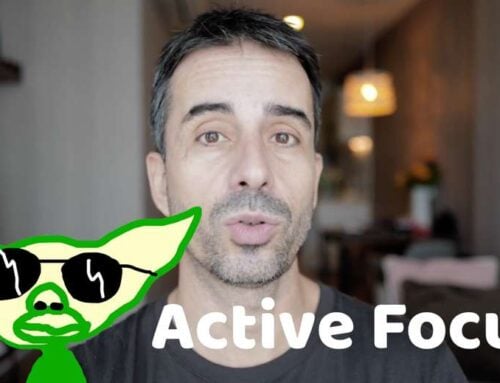Want clinical science confirmation that active focus (as we like to call it), is a relevant and productive concept in reducing human myopia? Yes? Then this post is for you!
Active focus is a core concept of the sagely-bearded Steiner method for reversing your myopia.
Active focus provides both a vehicle for strain reduction (during close-up, via ‘pushing focus’), and positive stimulus to reduce myopia (during distance vision, ‘pulling focus’). The concept of replacing some of the passive viewing of your environment with the practice of challenging your vision is a basic system to induce desired adaptation in our vision biology.
Or in less needlessly fancy terms: Use it or loose it.
Of course this simple concept does get challenged, especially by those who either a) just like to argue for arguments sake or b) want any excuse not to have to take responsibility for ones health, and put in some work.
If you know a Jake, you know how those challenges are usually answered.
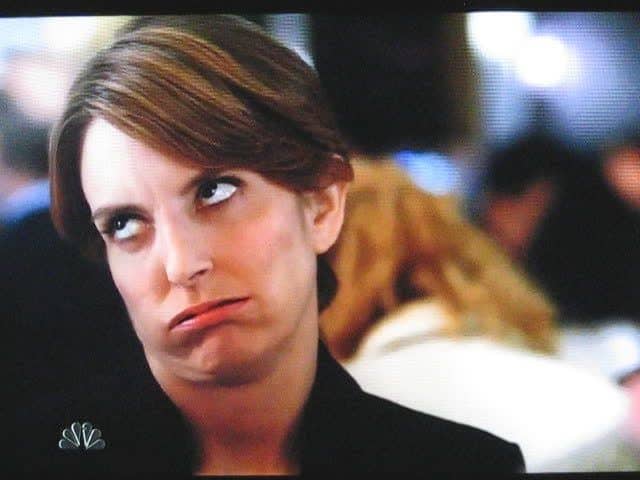
A thousand million words.
That’s to say, not answered with more seriousness than is usually warranted.
Realistically active focus makes both perfect sense (basic biology concepts), and is quickly and easily verified with perfectly safe and easy self experimenting. Do you want to know if active focus works? Can you imagine that challenging your eyes may produce desirable results?
Then go forth and try it out.
But wait, you say. You promised science, Jake VanCrankypants.
Here’s some science:
Accommodative Training to Reduce Nearwork- Induced Transient Myopia
Balamurali Vasudevan*, Kenneth J. Ciuffreda†, and Diana P. Ludlam‡
ABSTRACT
Purpose. To assess changes in the nearwork-induced transient myopia parameters of initial magnitude and its decay duration, as well as accuracy of the near accommodative steady-state response and clinically based accommodative facility, after 6 weeks of home-based accommodative training in asymptomatic myopes.
Methods. Ten young adult, progressing myopes participated in the study. The experimental paradigm consisted of a baseline session and two follow-up sessions at the end of the third and sixth weeks of training. At the first session, baseline refractive state and selected accommodative functions were assessed. Measurements were repeated at the two follow-up sessions. Home-based vision training included accommodative flippers ( 2 D) at near, Hart chart at distance (6 m) and near (40 cm), and prism flipper (6 pd) training at near (40 cm), for a total of 20 minutes a day performed 5 days a week for 6 weeks.
Results. Several dynamic accommodative response functions improved significantly with training. Lens flipper rate increased significantly from 11 to 16 cpm in the OD (p 0.04), 11 to 19 cpm in the OS (p 0.03), and 8 to 11 cpm in the OU (p 0.03). Hart chart rate increased significantly from 22 to 33 cpm in the OD (p 0.01) and from 22 to 31 cpm in the OS (p 0.02). There was a significant negative correlation between lens flipper rate and nearwork-induced transient myopia decay duration after training (p 0.02) with binocular viewing.
Conclusions. Training of the accommodative system in these progressing myopes resulted in improved dynamics in both laboratory and clinical measures. This is consistent with earlier reports in the literature of improvement in symptomatic myopic subjects.
(Optom Vis Sci 2009;86:1287–1294)
Here’s the whole study.
If you dig science, I recommend reading the whole thing. It’s got a few gems, like the types of accommodation stimulus they’re using:
Hart Chart Training
This procedure stimulates the accommodative system under relatively naturalistic viewing conditions. When performed under monocular viewing conditions, it incorporates blur-related visual feedback only. However, under binocular conditions, both blur- and vergence-related visual feedback are present and function in an interactive manner, with blur-driven accommodation being pri- mary and vergence-driven accommodation being secondary. The proximal motor contribution is minimal under the closed-loop viewing conditions used in the training22; however, its higher- order perceptual contribution is presumably high.22
In this technique, subjects alternately focused between a dis- tance (6 m) Hart chart (font size 32) of high contrast (90%) mounted at eye level and a near (40 cm) Hart chart (font size 6) of high contrast (90%) placed 30° inferiorly, with both being po- sitioned along the midline. They read four lines from the near Hart chart, then shifted their gaze and focus to the distance Hart chart and read the next four lines, and so forth. This procedure was repeated for a duration of 2 minutes under each viewing condition (OD, OS, and OU) for a total of 6 minutes on each training day.
Neat, right? Check out this one, too:
Lens Flipper
The purpose of this training was similar to that of the Hart chart. It tests the subject’s ability to respond to blur both accurately and rapidly. When performed under monocular viewing condi- tions, it incorporates blur-related visual feedback only. However, under binocular conditions, both blur- and vergence-related visual feedback are present and function in an interactive manner, with blur-driven accommodation being primary and vergence-driven accommodation being secondary. However, unlike the Hart chart, any proximal motor and perceptual contribution is maintained constant, as target distance remains fixed.
In this technique, subjects focused on a standard high contrast (90%), adult-level text (font size 12) held at 40 cm. They were instructed to alternately view between the plus and minus lenses of the flipper as rapidly as possible while maintaining the target in focus for 2 minutes under each viewing condition (OD, OS, and OU) for a total of 6 minutes.
You’re scratching your head. You’re thinking, well geez Jake.
The main difference between the sagely-bearded Steiner method, and above eggheaded nerds in labcoats and their fancy tools, is that I give you the easiest possible ways to get the most possible results. Remember, you’re dealing with a finance guy. Which means, the type who is unduly gifted with analytical abilities (modesty, Jake, come on), but also entirely too lazy to do much good with it.
Finance. Making nothing out of nothing, besides money to put in ones pockets. We’re a great species.
But let’s digress. Let’s combine the findings of clinical studies with practical solutions:
Stimulus + Habits = Success
It’s so simple, in proverbial hindsight.
We apply the concepts of finding the least difficult way to get the most possible results to ending your myopia. You don’t need Hart chart, you don’t need to flip lenses. We extract the key stimulus created by those overcomplicated concepts (you need those though, for some good science papers) and build the stimulus into habit-based systems that get you 20/20 gains day in, day out.
And sure, the study is far from “proof”, of leveraging (or proving the validity of) the nuances and complexities of active focus.
But it is still highly relevant to the stimulus discussion. Consider the magnitude of this bit of research: A study that discusses near work induced transient myopia, which mainstream optometry likes to pretend doesn’t even exist (and instead sells you glasses for ‘genetic myopia’). That’s already a big departure from the public narrative. And then on top of that, they test and find that various ways of challenging your vision (accommodation, specifically) and how it affects this type of myopia. All that’s huge and goes a long way towards the mythical temple at the end of that logical road.
The mythical temple and the glorious beard flowing in the breeze, welcoming the smart ones to recovering proper distance vision.
Cheers,
-Jake

